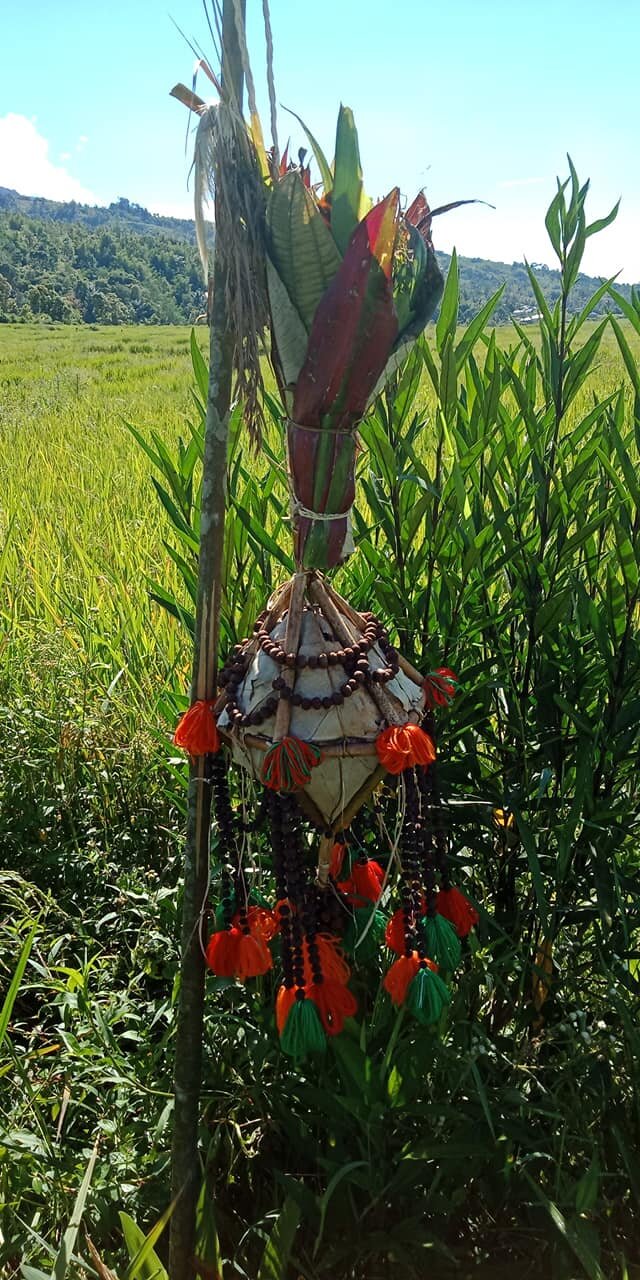Welcome to our newsletter, dear readers,
• Our first library highlight this month is a translation of texts on prayer (Collationes IX–X) by St John Cassian, traditionally considered the foremost Latin interpreter of the early Christian monasticism of Egypt, the “Desert Fathers”, for the Western contemplatives. As one of the authors of the Philokalia, and as a well-known influence on St Benedict of Nursia, Cassian’s writings, in particular his profound psychology of prayer, have had an immeasurable impact over the centuries.
This confusion befalls us because we do not keep something special or some formula set firmly before our eyes, to which the wandering spirit may be recalled after many diversions and various digressions and, as it were, enter the port of silence after long storms. So it happens that the mind, which is constantly impeded by this ignorance and difficulty, is always cast about and wanders among various things as if it were drunk.
• Next, in an article titled “The Concept of Nature in Malay Tradition”, we have an insightful overview of the relation between traditional Malay cosmology and Islam, especially regarding nature and the environment.
One of the most evident forms of convergence can be seen in the way Syair Sinar Gemala Mestika Alam adopts local wisdom, such as the belief in the semangat padi—the notion that rice possesses a soul or spiritual power—which, in the agrarian tradition of the Malay world, symbolizes fertility and prosperity. In the process of Islamization, this symbol was not entirely erased but rather recontextualized as part of the narrative of tawhid.
Luci, symbol of the paddy spirit and Asuh bird, to protect the rice from pests.
• Finally, based on years-long experience of dialogue between members of six different faiths in Hong Kong, the article “The Way of Interreligious Dialogue” tries to discern what may be at the basis of interreligious dialogue, from the practicalities of day-to-day encounters to the deeper theological and spiritual questions.
Experiences in interreligious dialogue at a deeper level suggest that it is in dynamic interaction that the spiritual and moral resources from the various religious traditions can be brought out more effectively… Not only are the religions of the partners in dialogue mutually transformed; but the cultures and societies in which these religions “live and move and have their being” may be transformed by interreligious encounter if the participants have the vision of a public order.




